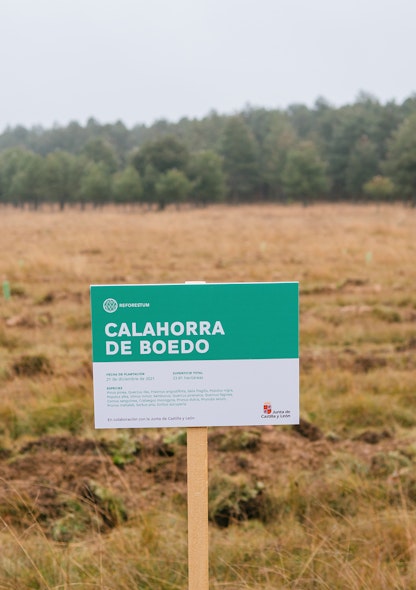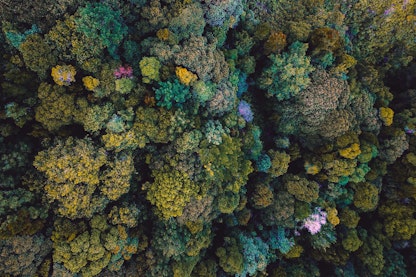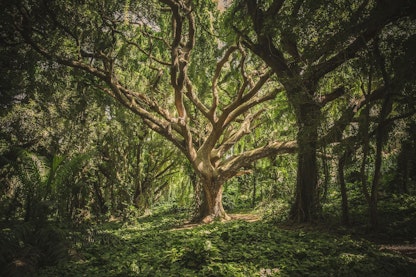Why is soil such an important resource?
Why is soil so important?
Soil is an absolutely essential resource for life. It is a living being that humans and billions of animals and microorganisms on the planet are dependent on.
In fact, 95% of food is produced directly or indirectly in the soil. With the world's population reaching 8 billion on 15 November and population growth set to continue throughout this century, global food production must increase, which requires healthy soils and sustainable management of agricultural areas.
At the same time, there is a growing demand for biofuels and other plant-based products driven by the urgent need to replace fossil fuels and avoid greenhouse gas emissions.
Soils are also a very important factor in climate control, as they capture and store carbon: the top few centimetres of the planet's soil contain almost twice as much carbon as the entire atmosphere. After the oceans, soil is the second largest natural carbon sink, exceeding the capacity of forests and other vegetation to sequester carbon dioxide.
Healthy soils protect us from heat waves, store, filter and transform nutrients, pollutants and water, host a quarter of the planet's biodiversity and prevent and regulate floods.
Therefore, soil is an invaluable resource. However, in recent decades it is undergoing accelerated deterioration due to various anthropogenic agents, compromising the world's ability to sustainably manage the Earth's resources.
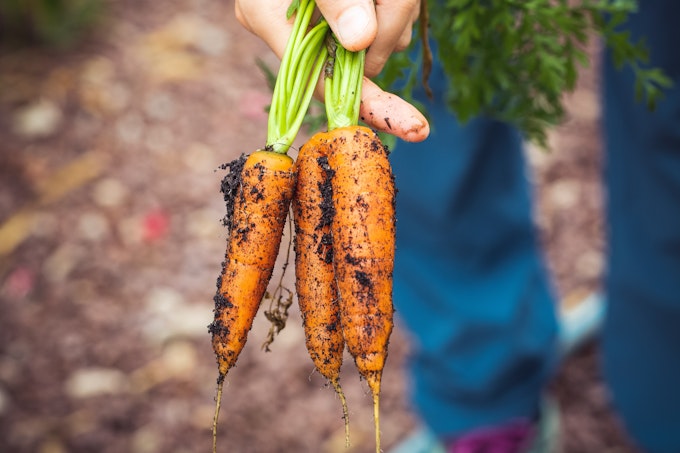
Soils, degraded
Soil degradation can be defined as the reduction or loss of biological or economic productivity. One of the main agents of soil degradation is intensive agriculture, which typically causes soil deterioration through the use of chemical fertilisers and monocultures (and their consequent loss of nutrients) and the expansion of new fertile and productive areas through deforestation.
Figures can help understand the extent of the problem: intensive agriculture is responsible for 80% of global deforestation. If we just focus on the Amazon, for instance, an estimated 2,400 square kilometres of forest were destroyed between January and June 2022. Deforestation also leads to soil erosion, further deteriorating the soil.
Climate change is another important agent of soil degradation. Weather changes have altered soil humidity, which has decreased considerably in certain agricultural areas. This increases the need for irrigation in agriculture and leads to lower yields and even the risk of desertification, with negative impacts on food production.
Extreme weather events (such as heavy rainfall, drought, heat waves and storms) increase soil erosion. Rising sea levels resulting from higher temperatures cause loss of land areas, change the soil in coastal areas and bring in pollutants from the sea, including salt and fertilisers that accelerate the acidification of seas and oceans.
Perhaps the most worrying climate effect on soil is the release of carbon dioxide and methane stored in the permafrost of boreal regions, which is melting as global temperatures rise. This melting causes organic material trapped in the frozen soil to disintegrate, which can lead to the release of huge amounts of greenhouse gases into the atmosphere.
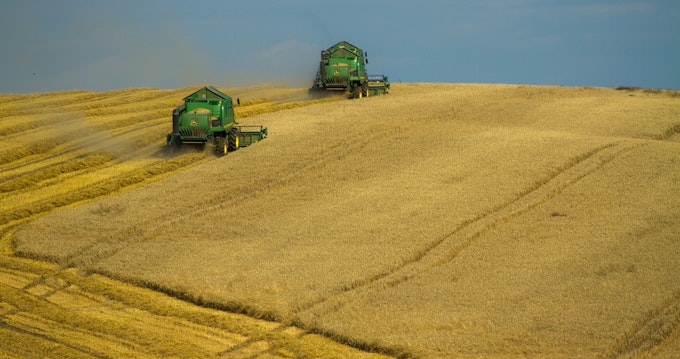
One third of the earth's land surface is estimated to be degraded. Other estimates suggest that 75 billion tonnes of arable land is lost globally every year, resulting in less soil being able to store carbon, nutrients and water, and in the deterioration of soil cycles.
As a result of soil erosion, global cereal production has declined by almost ten million tonnes in recent years. In terms of nutrient loss, since 1950 the level of vitamins and nutrients in food has fallen dramatically, with more than 2 billion people on the planet suffering from micronutrient deficiencies. If we translate these figures into economic impact, the UNCCD has put the cost of soil degradation to the global economy at $20 billion per year.
Such is its importance for life on Earth, and so alarming are the data on soil degradation, that soils have gained international attention. For this reason, the UN set 5 December as World Soil Day, the Global Soil Partnership was established in 2015, and Sustainable Development Goal 15 ("Life of Terrestrial Ecosystems") focuses on helping to halt and reverse soil degradation and combat desertification.
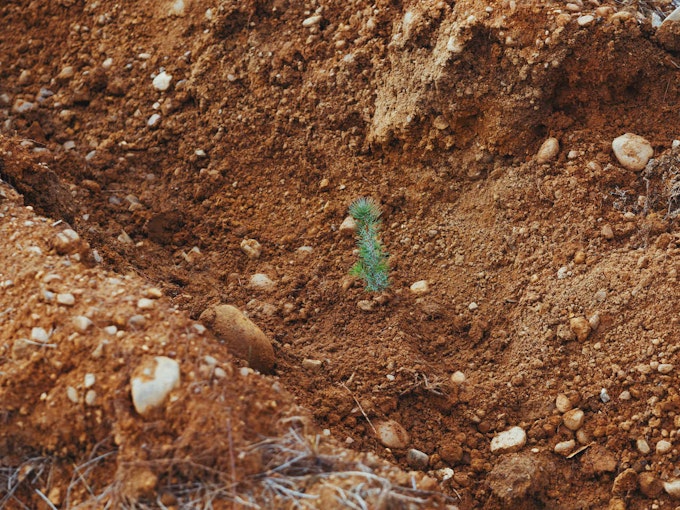
What can be done to restore degraded soils and keep them healthy?
Like any other vital resource, it is essential to properly manage soil in order to keep it healthy and thus productive. Sustainable soil management involves measures to minimise soil erosion, salinisation, contamination, acidification and compaction on the one hand, and to promote soil biodiversity, organic matter and nutrient balance on the other.
In this sense, reforestation, forest conservation and restoration contribute significantly to soil health. Forests are habitats in which soil is regenerated, thanks to the micro-organisms that participate in decomposition, enhancing soil fertility and preventing erosion, landslides and nutrient losses (thanks to strong root systems that keep the soil in place).
Proper soil management is a very efficient way to adapt to climate change, protect ecosystems and efficiently manage the planet's resources.
Ultimately, investing in our soils brings a high return, as it has numerous positive natural, social and economic outcomes. Caring for our soils is key to addressing poverty eradication, agricultural and rural development, promoting food security and improving nutrition.



